(+27) 82 511 8212

Services
Comprehensive Assessment
Assessment begins with a detailed evaluation of the patient’s stage of recovery, facial movement, muscle tone, asymmetry, and the presence of synkinesis (involuntary movements). This is followed by an assessment of functional limitations, such as difficulties with smiling, blinking, speech, eating, and emotional expression. Progress is monitored using photos, video analysis, and standardized outcome measures, ensuring treatment remains targeted and effective throughout the rehabilitation process.
Individualized Treatment Planning
Treatment involves the development of a personalized rehabilitation programme that targets specific facial muscles and movement patterns. Therapy is focused on achieving precision, control, and high-quality movement, rather than increasing strength. Each patient’s treatment plan is goal-oriented and dynamic, evolving over time in response to the patient’s progress and/or changing clinical needs.
Facial Neuromuscular Retraining
Facial Neuromuscular Retraining (NMR) is a specialized, evidence-based therapeutic approach aimed at restoring natural, controlled facial movement and symmetry following facial nerve injury or dysfunction. The therapy focuses on helping individuals re-establish voluntary, isolated muscle movements; improve facial symmetry both at rest and during expression; and reduce or eliminate unwanted, involuntary movements (synkinesis). It also supports the recovery of essential functions like speaking, eating, blinking, and conveying emotion, ultimately enhancing confidence and overall quality of life.
Synkinesis Management
Synkinesis management involves specialized therapy aimed at reducing involuntary muscle movements that occur alongside voluntary facial actions, such as the eye closing when smiling. Through targeted strategies and techniques, therapy helps retrain muscle coordination, improve control, and restore more natural facial movement.
Education and Support
Patients are educated about their facial nerve recovery timeline, realistic expectations, and effective self-management strategies. Emotional support is provided to help cope with the social, psychological, and aesthetic challenges associated with facial palsy. When necessary, care is coordinated with multidisciplinary teams, including specialists in ENT, neurology, ophthalmology, and plastic surgery, to ensure comprehensive treatment.
Botox Planning
Facial neuromuscular retraining therapists play a key role in Botox planning for managing synkinesis and muscle hyperactivity. They assess muscle movement patterns to identify areas of unwanted activity and collaborate with medical professionals to optimize Botox injections. This combined approach helps improve facial symmetry, reduce involuntary movements, and enhance overall functional and aesthetic outcomes.